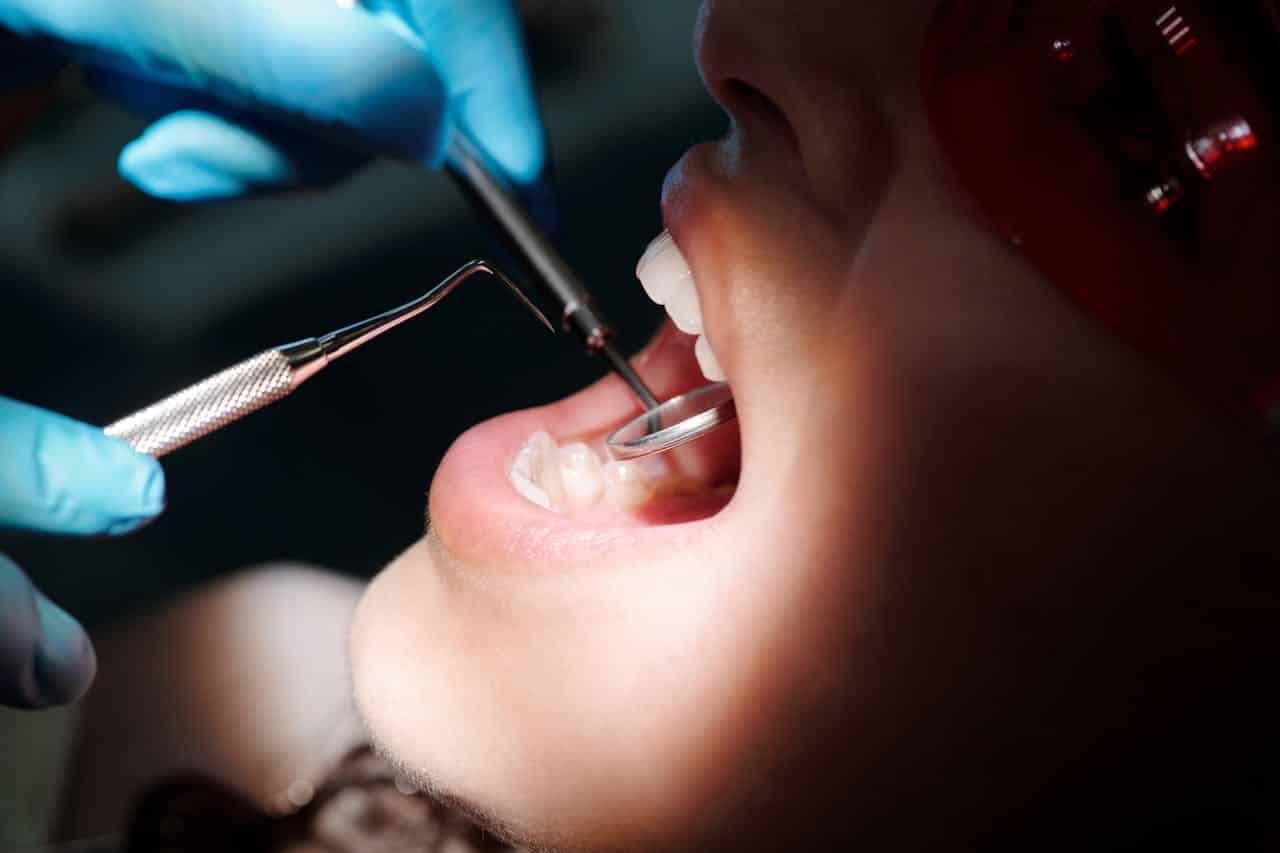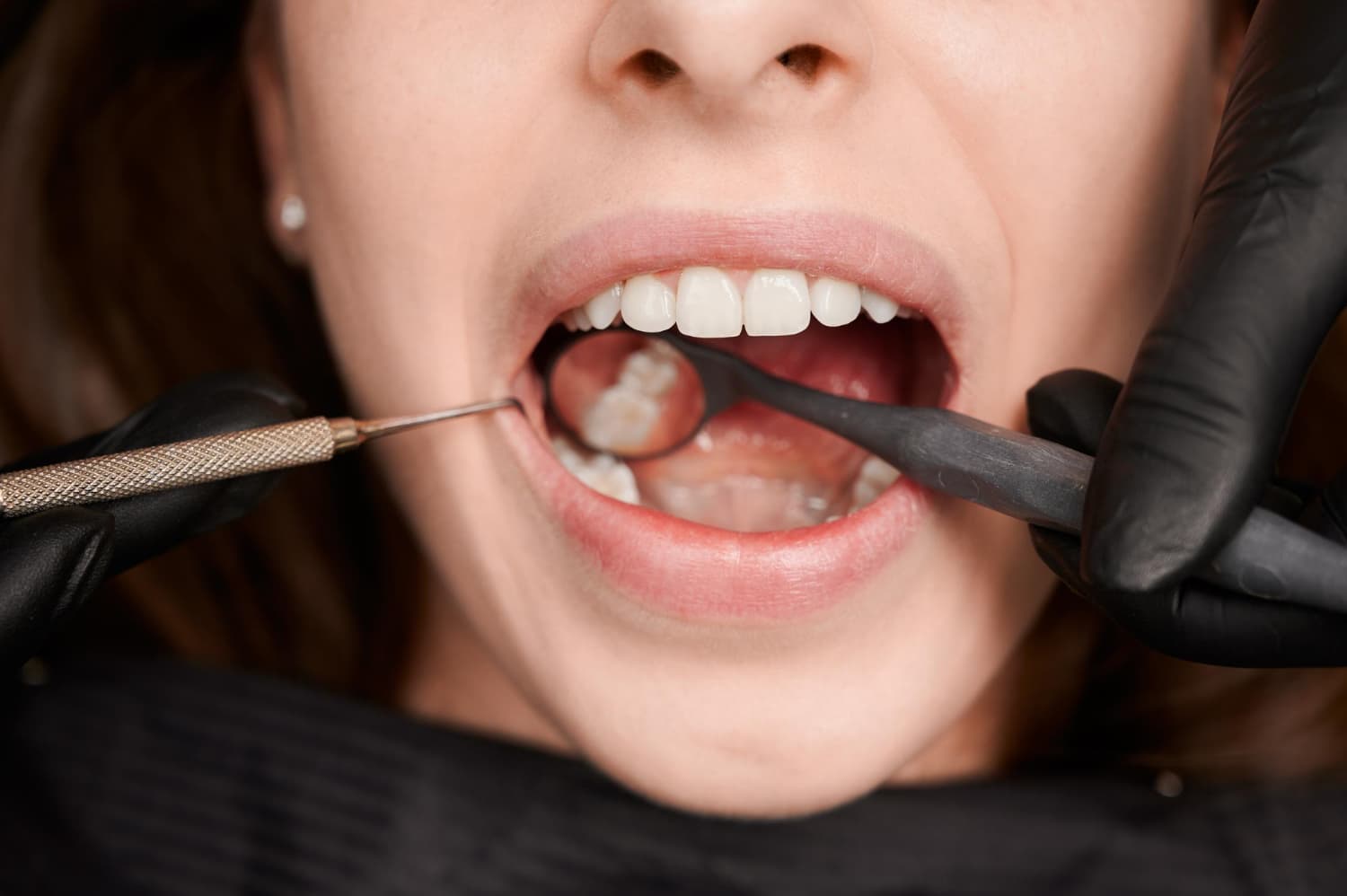When it comes to dental health, the materials you choose for fillings can make a big difference. Traditional metal fillings, while effective, can stand out against your natural teeth. Tooth coloured fillings offer a more discreet and aesthetically pleasing alternative.
They blend seamlessly with your natural teeth, making them an excellent choice for anyone who values appearance and functionality. Let’s explore why these fillings are a popular choice for many patients.
What Are Tooth Coloured Fillings?
Tooth coloured fillings, also known as composite fillings, are a modern way to repair cavities and damage to your teeth. Unlike traditional metal fillings, tooth coloured fillings are made from a blend of plastic resins and fine glass particles. This material can be tinted to match the natural colour of your teeth, making the filling almost invisible.
These fillings are versatile and can be used to fix both small and large cavities. They are especially popular for fillings in visible areas of your mouth, like the front teeth, because they blend in so well. The composite material bonds directly to your tooth, providing a strong and durable repair.
Replacing old metal fillings with tooth coloured ones can make a big difference in the look of your smile. If you have any cavities that need to be filled or if you’re unhappy with your current metal fillings, tooth coloured fillings could be an excellent option for you.
Advantages of Tooth Coloured Fillings
Tooth coloured fillings offer several key advantages over traditional metal fillings. One of the biggest benefits is their natural appearance. Because they can be matched to the colour of your teeth, these fillings blend in seamlessly. This makes them a great choice for anyone who wants to maintain a natural-looking smile.
Another advantage is that tooth coloured fillings bond directly to the tooth structure. This bonding process helps strengthen the tooth, making it more resilient to further decay and damage. Metal fillings do not provide this benefit, as they simply rest in the cavity without bonding to the tooth.
Tooth coloured fillings are also more versatile. They can be used to repair chipped or broken teeth in addition to filling cavities. This makes them a multi-purpose solution for various dental problems. Additionally, the material used in tooth coloured fillings is less likely to cause sensitivity compared to metal fillings, providing a more comfortable experience for many patients.
How Tooth Coloured Fillings Work
Tooth coloured fillings work by bonding directly to your tooth, which helps to create a strong, natural-looking repair. The process begins by numbing the area around the affected tooth to ensure comfort. Once numb, the dentist will remove the decayed or damaged portion of the tooth, creating a clean area for the filling.
Next, the dentist will apply a special adhesive to the tooth. This is followed by applying the composite resin in layers. Each layer is hardened with a special light, which helps bond the material to the tooth structure. This layering process ensures a strong and durable filling.
Once all the layers are in place, the dentist will shape the resin to match the contours of your natural tooth. The final step involves polishing the filling to give it a smooth finish that blends seamlessly with your other teeth. This entire process usually takes about 30 to 60 minutes per tooth, depending on the size and location of the cavity.
Comparing Tooth Coloured Fillings to Metal Fillings
Tooth coloured fillings and metal fillings each have their own set of pros and cons. Understanding the differences can help you make an informed choice for your dental health.
1. Appearance: Tooth coloured fillings blend in with your natural teeth, making them virtually invisible. Metal fillings, on the other hand, are noticeable and can affect the aesthetics of your smile.
2. Bonding: Tooth coloured fillings bond directly to the tooth structure, helping to strengthen the tooth. Metal fillings do not bond to the tooth and merely fill the cavity.
3. Durability: Metal fillings are known to be very durable and can last many years. While tooth coloured fillings are also durable, they may not last as long as metal ones, especially in high-stress areas like the back molars.
4. Sensitivity: Some patients experience sensitivity with metal fillings due to temperature changes, as metal expands and contracts. Tooth coloured fillings are less likely to cause this issue.
5. Versatility: Tooth coloured fillings are more versatile and can be used to repair chipped or broken teeth, in addition to filling cavities. Metal fillings are limited to filling cavities only.
These comparisons highlight why tooth coloured fillings are a popular choice for many people. They offer both practical and aesthetic benefits, making them a versatile solution for various dental issues.
Conclusion
Tooth coloured fillings provide an excellent way to repair cavities and other dental damage while maintaining a natural look. They offer numerous advantages, including a seamless appearance, added strength, and reduced sensitivity. By understanding how they work and comparing them to traditional metal fillings, you can make an informed decision about your oral health.
If you’re considering tooth coloured fillings or need more information, our team at Pickering Dental Services is here to help. We are committed to providing high-quality dental services in Ajax that meets your specific needs. Contact us today to schedule your appointment and take the first step toward a healthier, more confident smile.










